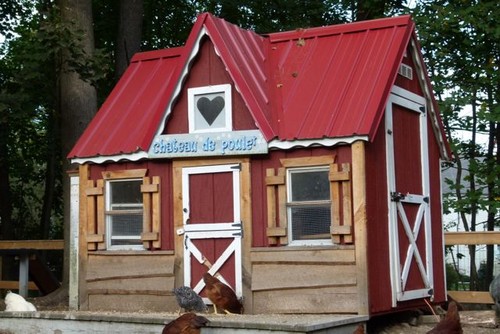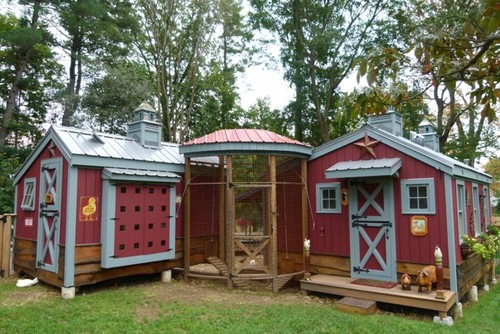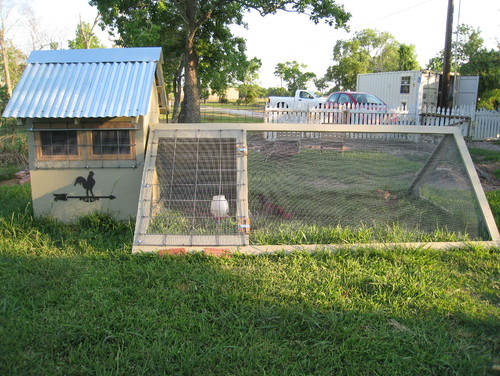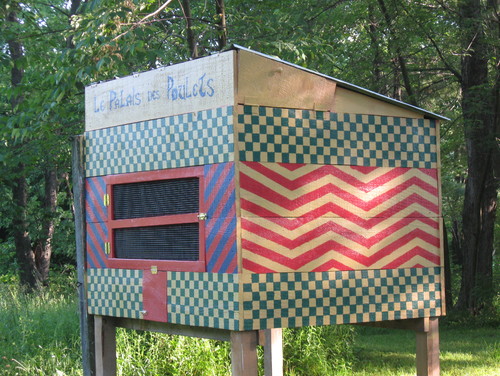"The wildflowers are erupting in flowery celebration and if you listen you can almost hear the reveling in their colors: soft pinks coo, softer lavenders whisper, scarlets and sapphires howl happily with their bold red neighbors, yellows and azures warble a harmonious duet, burning desert orange- the fat Viking warrior in this dramatic opera-nails the climatic high note. It's sunsets and treasure chests and rainbows on the roadside. The names of the flowers spoken aloud is almost enough to put me in a trance: prairie paintbrush, Indian blanket, bluebonnet, goat-foot morning glory and golden-eye phlox."
WanderAndrew, who is walking his way across the United States
TODAY'S SEEDS OF WISDOMWanderAndrew, who is walking his way across the United States
- JUST BLOOMED TODAY
- GARDEN UPDATE
- EGG-ACTLY!
- FAUNA
- GARDEN GIGGLE
- GARDEN GOODIES~SHARE OUR GARDEN RECIPE #0070 HAPPY EGG CUPS
- FEEDBACK
GARDEN UPDATE
BRRRRRR! It may be sunny but it's cold! Wind advisory today and that wind cut right through you. Covered up my plants early and gave them a chance to rest from the wind.
All my lettuces and spinach are doing great outside. I cannot believe how well the rhubarb is doing and am looking forward to cooking with it.
EGG-ACTLY!
Once you have eggs, you will be enjoying all the ways you can use them! Here are some interesting facts about eggs:
BRRRRRR! It may be sunny but it's cold! Wind advisory today and that wind cut right through you. Covered up my plants early and gave them a chance to rest from the wind.
All my lettuces and spinach are doing great outside. I cannot believe how well the rhubarb is doing and am looking forward to cooking with it.
EGG-ACTLY!
Once you have eggs, you will be enjoying all the ways you can use them! Here are some interesting facts about eggs:
- To test an egg for freshness, put it in a bowl full of water. If it sinks, it's fresh; if it stands on its nose, it is about 2-3 weeks old; if it bobs to the top, throw it out.
- Can't remember if an egg is fresh or hard-boiled? Just spin the egg. If it wobbles, it's raw. If it spins easily, it's hard-boiled.
- Eggs contain all the essential protein, minerals and vitamins, except Vitamin C.
- Egg yolks are one of the few foods that naturally contain Vitamin D.
- Eggs contain choline, which is necessary for healthy cell membranes in the body. Choline stimulates brain development and function, and helps in preserving memory.
- Eggs contain lutein which helps prevent age-related cataracts. Eggs contain more lutein than spinach and other green vegetables.
- An egg shell has as many as 17,000 pores over its surface.
- There are about 70 calories in an uncooked egg and 77 calories in a cooked egg
- In the U.S. about 280 million hens produce more than 65 billion eggs per year.
GARDEN GIGGLE
How do baby chickens dance?
Chick to chick!
How do monsters like their eggs?
Terri-fried!
How did the egg get up the mountain?
It scrambled up!
How many eggs does it take to screw in a light bulb?
None. Eggs don't have hands
FAUNA
Happy Egg Cups
These are great for dinner and heat up well in the micro as left overs!
Butter muffin tin.
Butter piece of bread or hamburger bun and smush into muffin tin, making an indentation in the middle.
Fill the middle with cheese, veggies, mushrooms, etc. Leave a little room.
Crack an egg into the top. Top with parmesan cheese and herbs.
Cook at 350 for 15-20 minutes.
Serving Suggestion: Serve with a fresh salad and sliced tomatoes.



















































